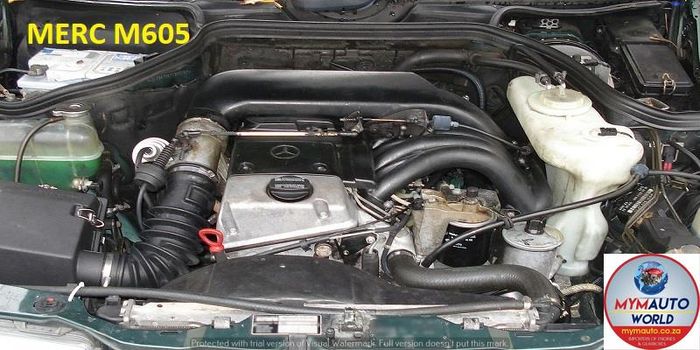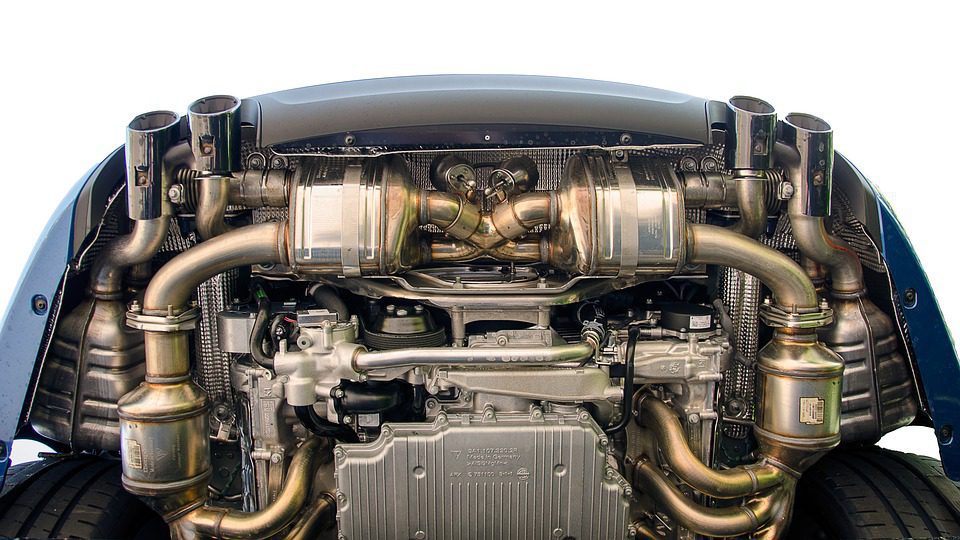How to Choose the Right Opel Corsa Engine for Your Automobile
How to Choose the Right Opel Corsa Engine for Your Automobile
Blog Article
Exploring the Inner Workings of a Compact Lorry's Engine System
As motorists, we typically take for provided the complex processes that occur within the confines of our vehicle's engine system. The portable yet intricate machinery that propels us onward is a marvel of design accuracy and control. From the regulated explosions in the burning chamber to the precise timing of fuel injection, every component plays a crucial duty in the smooth operation of the engine. In this exploration of a compact lorry's engine system, we will decipher the internal workings of this mechanical harmony, dropping light on the enigmas that drive us forward on our day-to-day journeys.
Combustion Process Review
The combustion process in a portable automobile's engine system is a critical system that successfully converts fuel into power to power the lorry. This procedure occurs within the combustion chamber of the engine, where fuel and air mix, spark, and generate regulated surges. The burning procedure contains 4 main stages: intake, compression, exhaust, and power.
Throughout the consumption stage, the piston moves downward, attracting in a combination of air and fuel right into the burning chamber. This descending movement produces the power needed to drive the car. This cyclic combustion procedure is basic to the procedure of a portable vehicle's engine system, guaranteeing effective power conversion for propulsion.
Piston and Cyndrical Tube Communication

The piston's accurate fit within the cylinder is necessary for keeping optimum compression and protecting against energy loss during combustion. Limited clearances in between the piston and cyndrical tube wall surfaces make certain effective securing, enabling the piston to relocate efficiently without permitting gases to leakage past. Proper lubrication is likewise vital to minimize rubbing and use between these parts, improving durability and efficiency.
In addition, the style and products made use of in manufacturing the piston and cylinder influence engine performance and durability. Modern engines frequently utilize light-weight yet resilient products like light weight aluminum alloys for pistons and cylinder liners to reduce inertia and improve thermal performance. In general, the unified interaction between the piston and cyndrical tube is essential to the engine's functionality and general efficiency.
Gas Injection System Functionality
Fuel injection systems in small car engines play a vital duty in precisely delivering fuel to the combustion chamber for regulated and reliable ignition. The gas injection system functions by injecting fuel right into the burning chamber at the ideal moment during the engine's operation (opel corsa engine). This specific timing ensures that the fuel mixes equally with the air for proper combustion, resulting in enhanced gas performance and reduced discharges
There are mainly two kinds of gas injection systems used in compact automobile engines: port fuel shot (PFI) and direct fuel shot (DFI) PFI systems inject fuel right into the consumption port before the intake valve, while DFI systems infuse fuel directly into the combustion chamber. Both systems have their benefits, with DFI offering far better try this fuel atomization and PFI providing an extra economical solution.
Recognizing Engine Cooling Systems
Reliable procedure of a compact automobile's engine relies heavily on the performance of its cooling mechanisms. Engine cooling is important to stop overheating, which can result in significant damage and decreased performance. The air conditioning system in a portable car commonly includes numerous parts working together to control the engine temperature level. One critical part is the radiator, which uses coolant to take in heat from the engine. As the warm coolant moves via the radiator, it launches warmth into the air, cooling before going back to the engine. The water pump flows the coolant via the engine and radiator, ensuring a consistent flow to control temperature level. In addition, the thermostat aids regulate the coolant circulation to keep optimum engine temperature level. Some lorries likewise have cooling fans that turn on when added air conditioning is required, such as during heavy website traffic or heat. Recognizing these engine air conditioning systems is important for preserving the efficiency and long life of a small car's engine system.

Exhaust System Components Explained
The ideal performance of a compact car's engine air conditioning devices depends on a corresponding system known as the exhaust system, which makes up different crucial elements for making sure reliable discharges and engine efficiency. The exhaust manifold gathers exhaust gases from the engine's cylinders and routes them to the catalytic converter.
One vital component of the exhaust system is the oxygen sensor, which checks the oxygen degrees in the exhaust gases to aid regulate fuel usage and make sure ideal engine efficiency. opel corsa engine. Furthermore, the resonator might exist in some exhaust systems to minimize sound levels. Generally, the exhaust system plays a crucial function in preserving engine effectiveness, minimizing dangerous exhausts, and making certain a quieter driving experience for portable lorry proprietors

Conclusion
To conclude, the portable vehicle's engine system is an intricate mix of elements that interact to assist in the combustion process, convert fuel into power, and get rid of waste gases. Understanding the internal functions of the engine system, consisting of the piston and cyndrical tube try this interaction, gas injection system, engine air conditioning devices, and exhaust system parts, is vital for preserving optimal performance and efficiency of the lorry.
The combustion procedure in a small car's engine system is a critical mechanism that more information effectively transforms gas right into energy to power the car.Fuel injection systems in portable lorry engines play a critical function in exactly providing gas to the burning chamber for reliable and regulated ignition.There are largely 2 kinds of gas shot systems made use of in compact lorry engines: port gas shot (PFI) and straight gas shot (DFI) Recognizing these engine air conditioning devices is essential for keeping the performance and durability of a small automobile's engine system.
The ideal functioning of a small car's engine cooling mechanisms depends on a corresponding system understood as the exhaust system, which makes up different vital elements for guaranteeing efficient emissions and engine efficiency.
Report this page